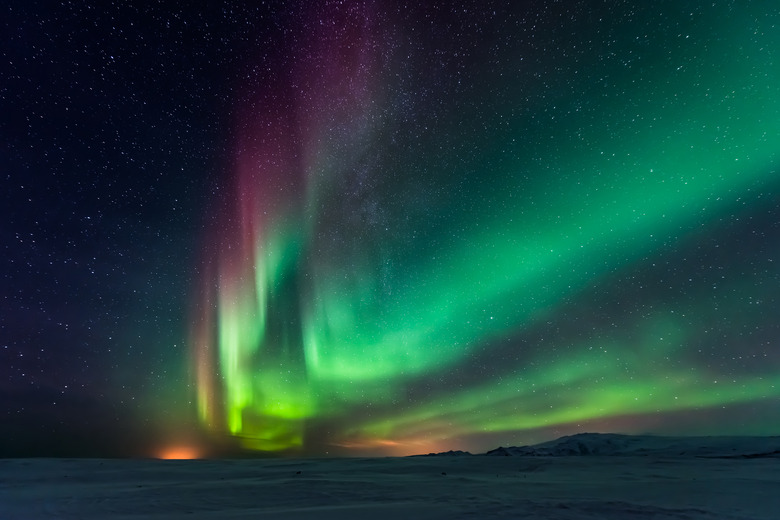Surprise Solar Storm Leaves Stunning Glowing Lights In The Sky That Have Scientists Baffled
Late on the night of August 7, a surprise solar storm slammed into the Earth's magnetic field. The clash of the storm against our planet's outer shield resulted in the appearance of a baffling aurora-like phenomenon known as STEVE, which is short for Strong Thermal Emission Velocity Enhancement. STEVE first appeared in the sky back in 2017, and since then has appeared numerous times.
Mesmerizing STEVE phenomena has baffled scientists for years
A great showing of @STEVEPhenomena last night, Aug 7-8, arcing across the sky, and showing his green fingers briefly for about 2 minutes. STEVE lasted about 40 minutes, appearing as the Kp5 aurora to the north subsided. This was 12:30 am MDT from southern Alberta. @TweetAurora pic.twitter.com/EtKF6udfFk
— Alan Dyer (@amazingskyguy) August 8, 2022
The latest appearance peaked later Sunday night when a solar storm slammed into our planet's atmosphere. Like most solar storms, this caused several auroras throughout the world. One of those auroras, known as the STEVE phenomenon, was spotted over Alberta, Canada. Twitter user @amazingskyguy managed to snap several images of the event, which were posted in a tweet.
The light show is absolutely beautiful, appearing across the sky like a purple streak, sometimes with green finger-like streams coming off of it. It's a stark difference from the traditional auroras that we're used to, and it also appears much lower in the atmosphere than standard auroras.
Each time the STEVE phenomenon appears in the sky, it not only mesmerizes onlookers but leaves scientists scratching their heads about why this light show appears when it does. And further, what causes it to appear when it does. When it first appeared, the phenomenon was completely unknown to science. However, scientists have started to get a bit of an idea of what causes STEVE to appear when it does.
For the most part, the STEVE phenomenon appears to show up in solar storms similar to the one we saw Sunday. Moreover, it usually appears when the northern lights are already fading. One paper on the phenomenon says it could result from a sudden burst of thermal and kinetic energy in the subauroral zone. It may even be caused by the clash of charged particles higher in the sky.
Ultimately, scientists have yet to solve the mystery completely. In the meantime, though, we can at least enjoy the beautiful sights it creates.
